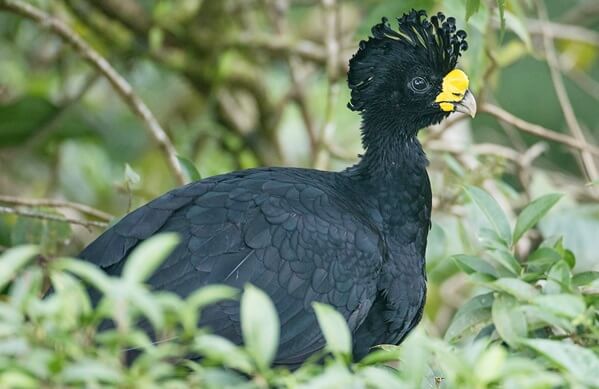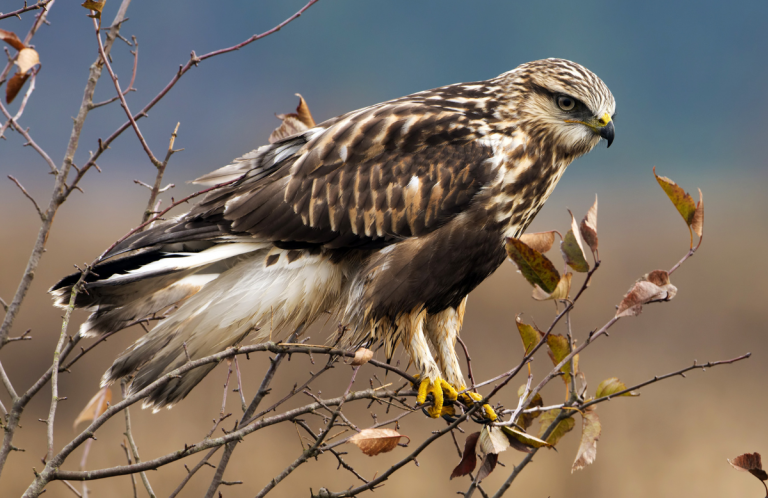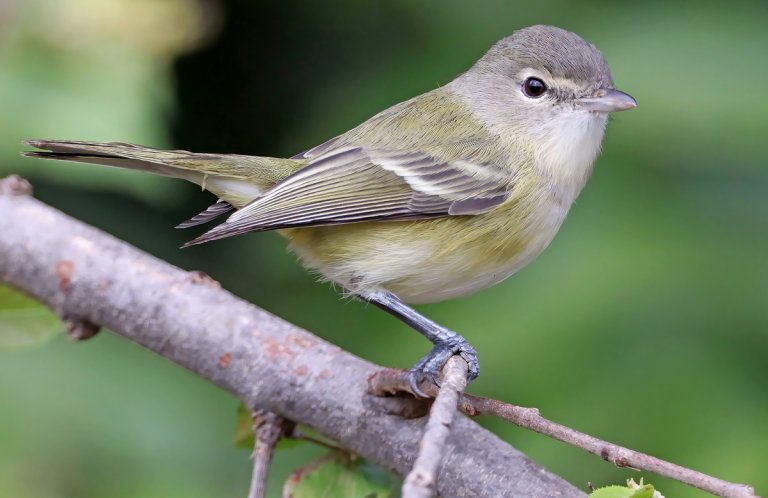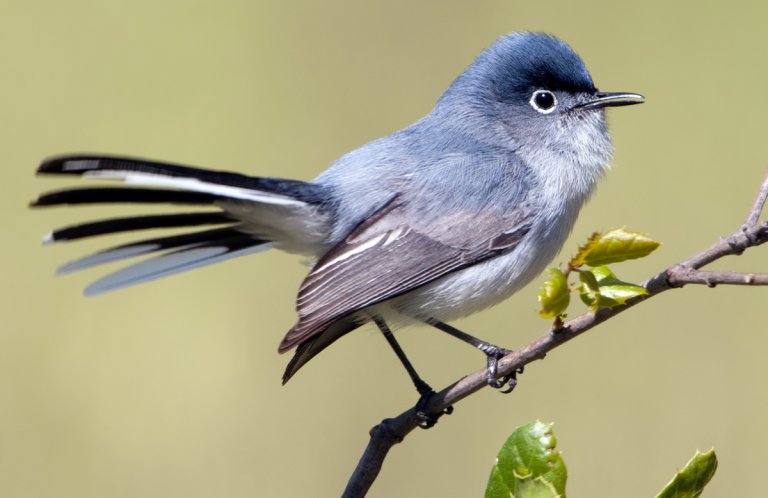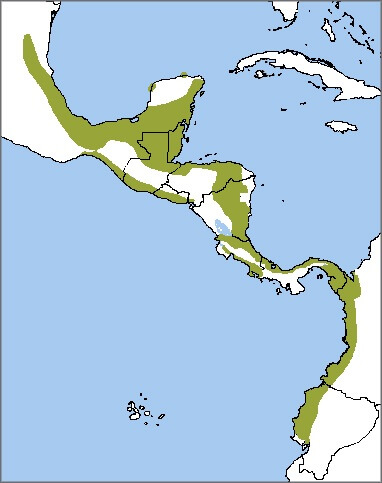 The Great Curassow is a big bird, about the size of a domestic turkey, and is prized by local people for its meat. Overhunting and habitat loss have made this species quite shy. A good look at a male Great Curassow reveals a handsome bird with glossy black plumage and a crest of forward-curling feathers.
The Great Curassow is a big bird, about the size of a domestic turkey, and is prized by local people for its meat. Overhunting and habitat loss have made this species quite shy. A good look at a male Great Curassow reveals a handsome bird with glossy black plumage and a crest of forward-curling feathers.
This species is the largest and most northerly occurring of the mostly tropical curassow tribe, which includes the critically endangered Blue-billed Curassow of Colombia.
Great Curassows find shelter at several of the bird reserves supported by American Bird Conservancy, including the Río Canandé Reserve managed by our partner Fundación Jocotoco in Ecuador.
Curassow of Cozumel
Great Curassow occurs as two subspecies; one is endemic to the island of Cozumel and is very rare, numbering only about 300 birds. The more common subspecies is distributed from eastern Mexico south through Central America to western Colombia and Ecuador.
Like other birds frequently hunted as game, such as Gorgeted Wood-Quail, the Great Curassow is gregarious and occurs in groups of up to a dozen. The birds spend most of their time on the ground but nest and roost in trees.
Sign up for ABC's eNews to learn how you can help protect birds
The Great Curassow is primarily a fruit-eater, and its large feet and claws make it well-equipped for foraging and scratching on the ground in search of fallen fruits, berries, and seeds. The birds supplement their diet with large insects and the occasional small animal.
Family Life on the Forest Floor
A monogamous species, Great Curassows travel in pairs or in small groups. They are vocal birds: The male curassow utters a high-pitched whistle when there are signs of danger, and the group may communicate through a chorus of grunting calls.
When displaying for a mate, the male puts on a show. Leaning forward with his breast low to the ground, he raises his head and tail, fluffing out his white abdomen feathers and tossing his head back with a booming call.
(You can hear the call in the audio file below; listen for the occasional low note of the curassow along with the songs of Blue-crowned Motmot and Clay-colored Thrush.)
After observing this spectacle, the female may decide to enter his territory. Pairs build their nest — a loose platform of leaves and sticks — in tree forks, usually low to the ground. Males are active in nest-building, even building a nest to attract a female's attention.
The female lays two eggs, which take around a month to hatch. Like Northern Bobwhite chicks, newly hatched curassow chicks are precocial — they hatch with eyes open and able to walk.
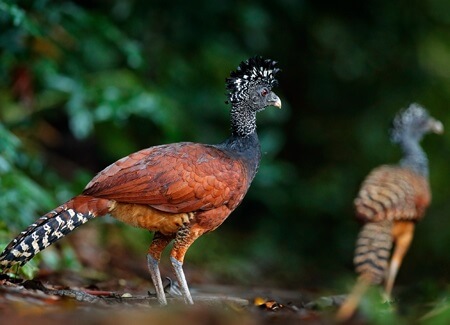
Great Curassow females by Ondrej Prosicky, Shutterstock
Curassow chicks are beautifully camouflaged, buff with black and chestnut markings, while females occur in three color morphs: red-brown, dark brown, and barred.
Protecting Great Curassow Habitat
Great Curassow populations are suspected to have declined rapidly over the past several decades. As a result, the International Union for Conservation of Nature considers the species Vulnerable to extinction. If declines are found to be even greater than suspected, the species may be uplisted to Endangered.
Fortunately, Great Curassow habitat is known to exist at eight bird reserves across ABC's bird reserve network. Río Canandé, for example, protects 5,000 acres of humid lowland rainforest for Great Curassow as well as Great Green Macaw, Long-wattled Umbrellabird, and other threatened bird species.
Visitors are welcome at the Río Canandé reserve! Find out more at Conservation Birding.
Donate to support ABC's conservation mission!





































